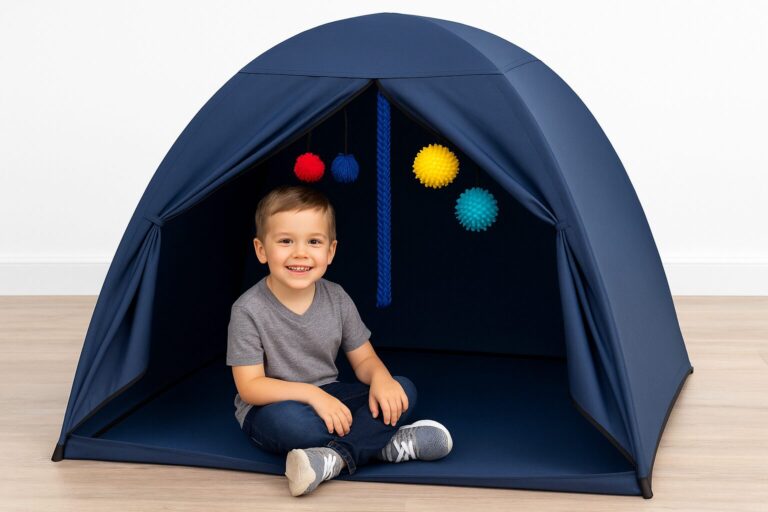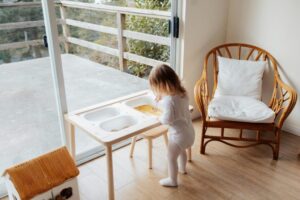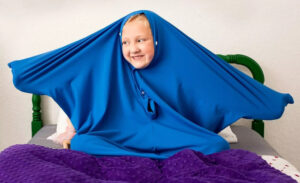Sensory tents provide a safe, soothing escape where autistic children can decompress, self-regulate, or simply enjoy quiet alone time. With the right setup, a sensory tent becomes a portable sanctuary that supports emotional regulation, reduces sensory overload, and encourages independent calming strategies.
🔍 What Is a Sensory Tent?
A sensory tent is a small, enclosed space—like a play tent, teepee, or blackout pod—designed to block out excess light, sound, and stimulation. These tents create a personalized calm-down corner ideal for both home and classroom environments.
💚 Benefits of Sensory Tents for Autistic Kids
- Emotional Regulation: Helps reduce meltdowns by giving children a quiet, predictable environment.
- Privacy & Independence: Encourages self-directed breaks and autonomy.
- Multi-sensory Use: Can be paired with fidget toys, lights, blankets, or music for customized calming routines.
- Portable & Easy to Set Up: Can be moved between home, school, or therapy centers as needed.
🏠 Where to Use a Sensory Tent
- Bedrooms or playrooms as a daily quiet zone
- Therapy clinics or classrooms as a break area
- Living rooms for transition times after school or before bedtime
🛒 Top 3 Sensory Tent Picks for Autistic Children
⭐ Blackout Sensory Tent (Light Blocking)
Best for: Visual-sensitive children or meltdowns
This tent offers near-total darkness, making it ideal for sensory seekers or avoiders who benefit from light-free quiet time. It’s lightweight and folds flat when not in use.
Parent tip: Add a small weighted blanket or fiber optic lamp inside for extra calming.
🌈 Teepee Sensory Tent with Lights (Child-Friendly Design)
Best for: Cozy visual space with soft lighting
This stylish tent includes string lights and fabric sides, making it fun yet functional. A great option for bedrooms or sensory corners where children want a peaceful retreat.
Parent tip: Add plush pillows, calming music, or a body sock inside.
🛋️ Space Tent with Floor Mat
Best for: Use in therapy or shared spaces
This tent includes a padded mat and mesh windows for safe, breathable comfort. Perfect for rotating between home and therapy environments.
Parent tip: Use during transitions (after school, before dinner) for predictable regulation time.
🧠 Tips for Creating a Sensory Tent Setup
- Keep the space clutter-free—just a few familiar calming items inside
- Use soft lighting like a color-changing lamp or star projector
- Include a small sensory basket with fidgets, chew tools, or putty
- Let your child decorate or name their tent to give a sense of ownership
🙋♀️ Frequently Asked Questions
Are sensory tents good for meltdowns?
Yes. Sensory tents help autistic children reduce overwhelm by offering a quiet, safe space to self-regulate.
What age are sensory tents good for?
They’re great for ages 3+ with supervision. Older kids and teens can also benefit from a dedicated sensory retreat space.
What can I put inside a sensory tent?
Try a weighted blanket, fidget basket, fiber optic lamp, chewable jewelry, or calming music. Just avoid overstimulation—keep it minimal and soothing.
As an Amazon Associate, SensoryGift.com earns from qualifying purchases. Thank you for supporting sensory accessibility for all kids.



